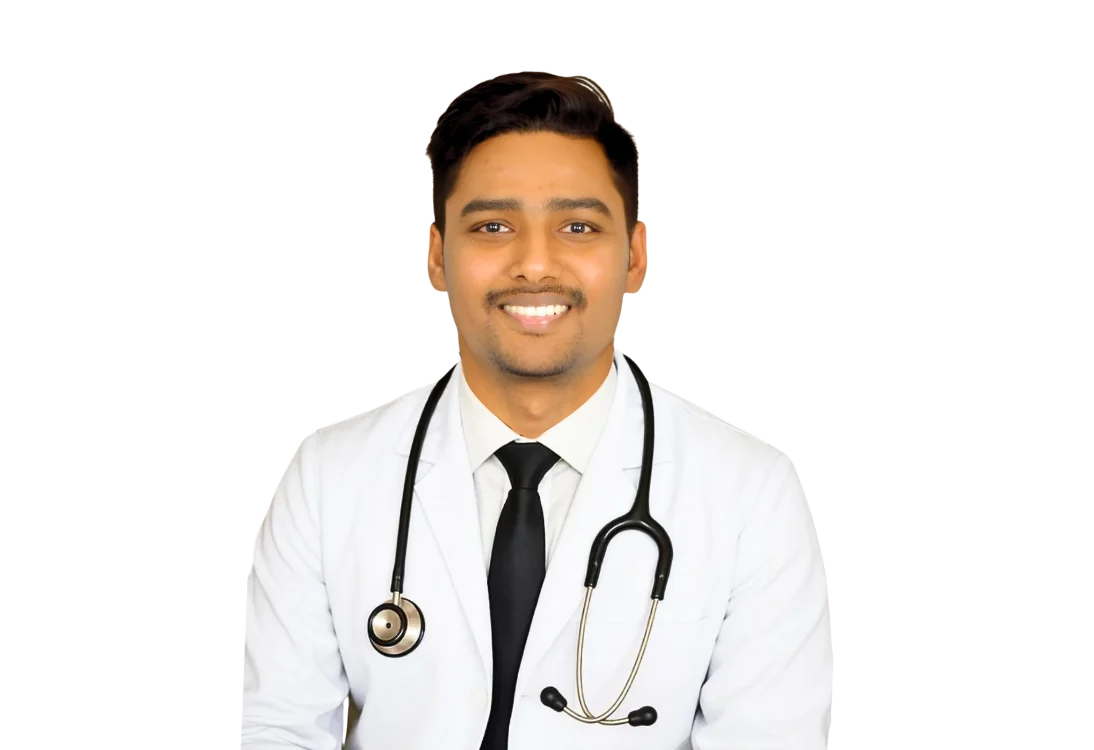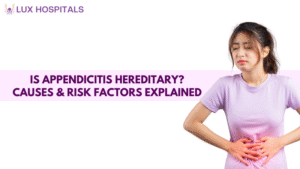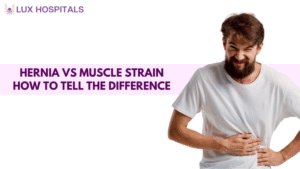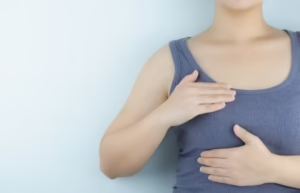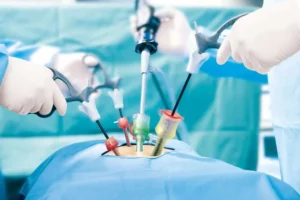“Varicocele Veins Exposed: Vital Insights into Types, Symptoms, and Treatments”
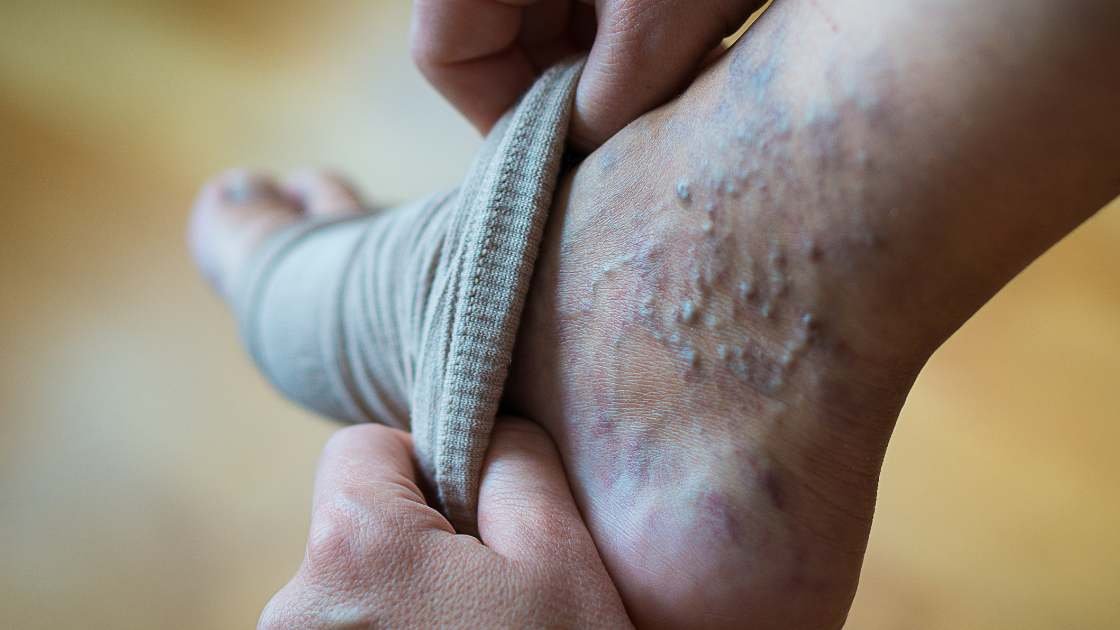
Varicocele veins are a common condition involving the enlargement of veins within the scrotum. Much like varicose veins in the legs, varicocele veins can cause discomfort and affect overall health. Understanding the different types of varicocele veins, their symptoms, and treatment options is crucial for effective management. This comprehensive guide explores everything you need to know about varicocele veins, from their types to their impact on health.
What Are Varicocele Veins?
Varicocele veins are characterized by the swelling of veins within the scrotum, similar to varicose veins in the legs. These veins, known as the pampiniform plexus, become enlarged and tortuous, causing a range of symptoms and potentially affecting male fertility. While varicocele veins are often benign, they can lead to complications if left untreated.

Types of Varicocele Veins
There are several types of varicocele veins, classified based on their severity and location. Understanding these types helps in diagnosing and choosing the appropriate treatment.
- Primary Varicocele: Primary varicocele is the most common type and typically develops due to malfunctioning valves in the veins that drain blood from the testicles. This type of varicocele is usually found on the left side of the scrotum and is associated with a higher incidence of testicular discomfort and potential fertility issues.
- Secondary Varicocele: Secondary varicocele occurs due to an obstruction in the blood flow from the testicular veins, often caused by a tumor or other conditions compressing the veins. This type is less common than primary varicocele and can be bilateral (affecting both sides) or unilateral (affecting one side). Secondary varicocele requires addressing the underlying cause to alleviate symptoms.
- Subclinical Varicocele: Subclinical varicocele is a type that is not visible during a physical examination but can be detected through imaging studies, such as ultrasound. This type may not present with noticeable symptoms but can still impact fertility and testicular health.
- Grade I Varicocele: Grade I varicocele is the mildest form and is characterized by the enlargement of veins that can only be felt with a special maneuver, such as the Valsalva maneuver. These veins are not visible externally but may cause minor discomfort.
- Grade II Varicocele: Grade II varicocele is more noticeable and can be felt without the need for additional maneuvers. The veins are enlarged but may not yet be visible through the skin. This grade of varicocele may cause more noticeable symptoms and discomfort.
- Grade III Varicocele: Grade III varicocele is the most severe form, where the enlarged veins are clearly visible and palpable. This type is usually associated with significant discomfort and may require more aggressive treatment.
Symptoms of Varicocele Veins
Recognizing the signs of varicocele veins is essential for timely treatment. Symptoms can vary based on the type and severity of the varicocele:
- Scrotal Pain and Discomfort: One of the most common signs of varicocele veins is persistent or intermittent pain in the scrotum. The pain can range from a dull ache to sharp discomfort and may worsen with prolonged standing or physical activity.
- Visible Enlarged Veins: In more severe cases, especially with Grade III varicocele, the affected veins may become visibly enlarged and tortuous, resembling a “bag of worms.” This visual change is a prominent sign of varicocele veins.
- Testicular Atrophy: Varicocele veins can lead to testicular atrophy, where one or both testicles shrink in size. This occurs due to impaired blood flow and reduced testicular function.
- Infertility Issues: Many men with varicocele veins experience fertility problems due to decreased sperm production and quality. Varicocele is known to be a significant cause of male infertility.
- Swelling in the Scrotum: Swelling or a feeling of heaviness in the scrotum is a common symptom of varicocele veins. This swelling can be uncomfortable and may become more pronounced throughout the day.
- Discomfort During Sexual Activity: Some men may experience discomfort or pain during sexual activity due to the presence of varicocele veins. This symptom can impact overall sexual health and well-being.
Diagnosis of Varicocele Veins
To accurately diagnose varicocele veins, healthcare providers may use several methods:
- Physical Examination: A thorough physical examination involves palpating the scrotum to detect any enlarged veins. The provider may use the Valsalva maneuver to enhance the detection of varicocele veins.
- Ultrasound: Scrotal ultrasound is a non-invasive imaging test that provides a clear view of the veins within the scrotum. This method helps in assessing the size and severity of the varicocele and differentiating between primary and secondary types.
- Doppler Ultrasound: A Doppler ultrasound evaluates blood flow within the veins and can help identify abnormalities in blood circulation associated with varicocele veins.
Treatment Options for Varicocele Veins
Treatment for varicocele veins depends on the severity of symptoms and the impact on fertility. Options include:
- Lifestyle Modifications: Making lifestyle changes, such as avoiding prolonged standing or heavy lifting, can help alleviate mild symptoms of varicocele veins.
- Medication: Over-the-counter pain relievers and anti-inflammatory medications can help manage discomfort associated with varicocele veins. However, medication alone may not address the underlying condition.
- Surgical Intervention: Surgery is often recommended for moderate to severe cases of varicocele veins, especially when infertility is a concern. Surgical options include:
- Varicocelectomy: A procedure that involves removing or tying off the affected veins to improve blood flow and reduce symptoms.
- Microsurgical Varicocelectomy: A minimally invasive surgery that uses a microscope to precisely remove or repair the affected veins.
- Endovenous Laser Therapy (EVLT): A technique that uses laser energy to close off the affected veins, providing relief from symptoms.
- Embolization: Varicocele embolization is a non-surgical procedure where a catheter is used to insert a small coil or foam to block the affected veins. This method is less invasive and can be effective in treating varicocele veins.
Prevention of Varicocele Veins
While varicocele veins may not always be preventable, certain measures can help reduce the risk:
- Maintain a Healthy Weight: Avoiding obesity and excessive weight can help reduce the strain on the veins and lower the risk of varicocele development.
- Avoid Heavy Lifting: Minimizing activities that involve heavy lifting or straining can prevent pressure buildup in the veins.
- Regular Check-ups: Regular medical check-ups can help detect any signs of varicocele veins early, allowing for prompt intervention if necessary.
Conclusion
Understanding varicocele veins and their various types is essential for effective management and treatment. From primary and secondary varicocele to Grade I, II, and III, each type presents unique challenges and requires tailored treatment approaches. By recognizing the symptoms and seeking appropriate medical care, individuals can manage varicocele veins effectively and improve their overall quality of life. If you suspect you have varicocele veins or are experiencing related symptoms, consult a Lux hospitals provider for a thorough evaluation and personalized treatment plan.
Frequently Asked Questions
A varicocele is the enlargement of veins within the scrotum, similar to varicose veins in the legs, which can affect testicular function and fertility.
Varicoceles can be primary (caused by malfunctioning valves), secondary (caused by obstruction), subclinical, and graded as Grade I, II, or III based on severity and visibility.
Symptoms include scrotal pain or discomfort, visible enlarged veins, testicular atrophy, infertility, scrotal swelling, and discomfort during sexual activity.
Diagnosis involves a physical examination, scrotal ultrasound, and Doppler ultrasound to evaluate blood flow and detect abnormalities.
Yes, varicoceles can impair sperm production and quality, making them a significant cause of male infertility.















